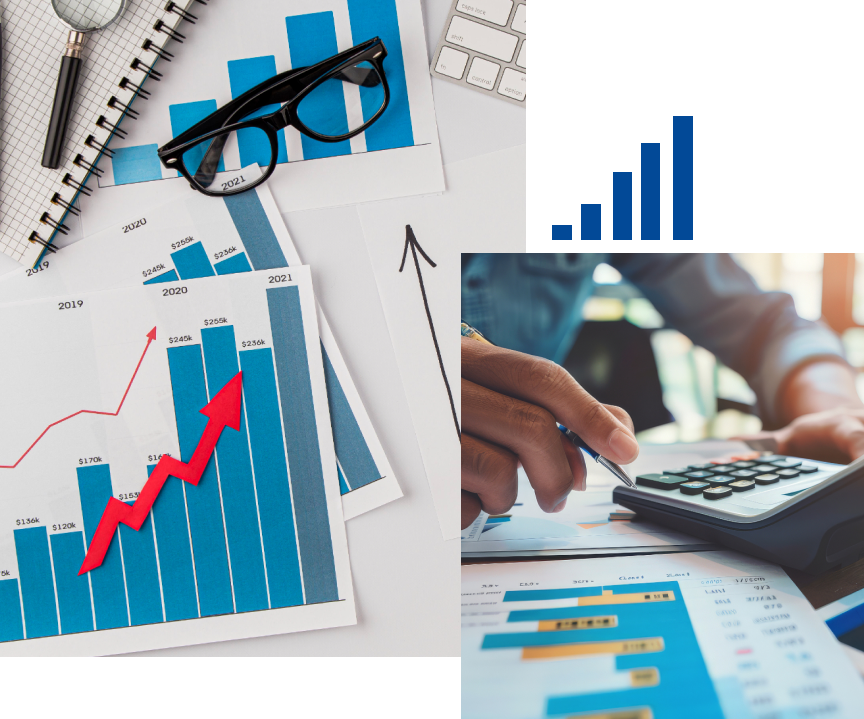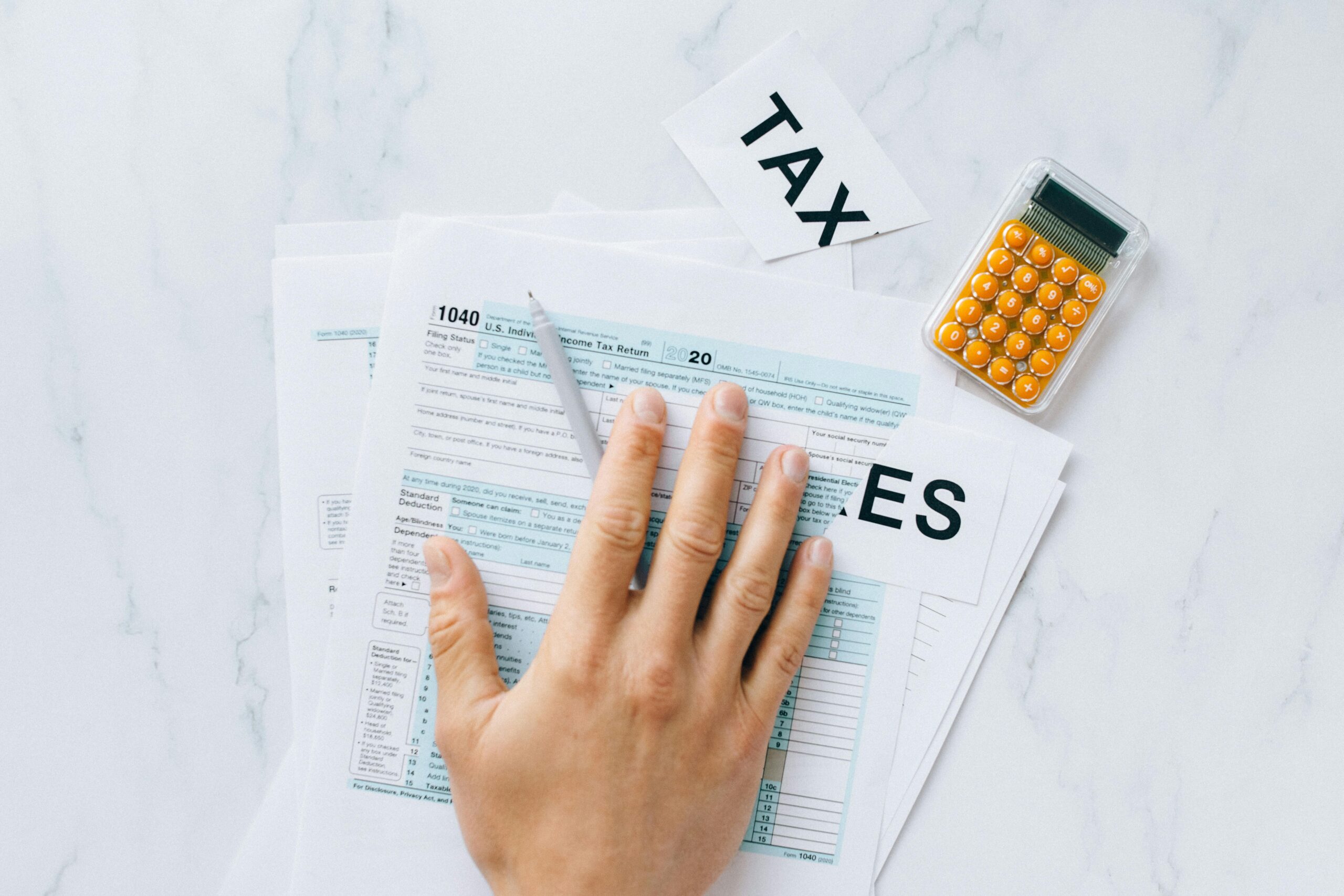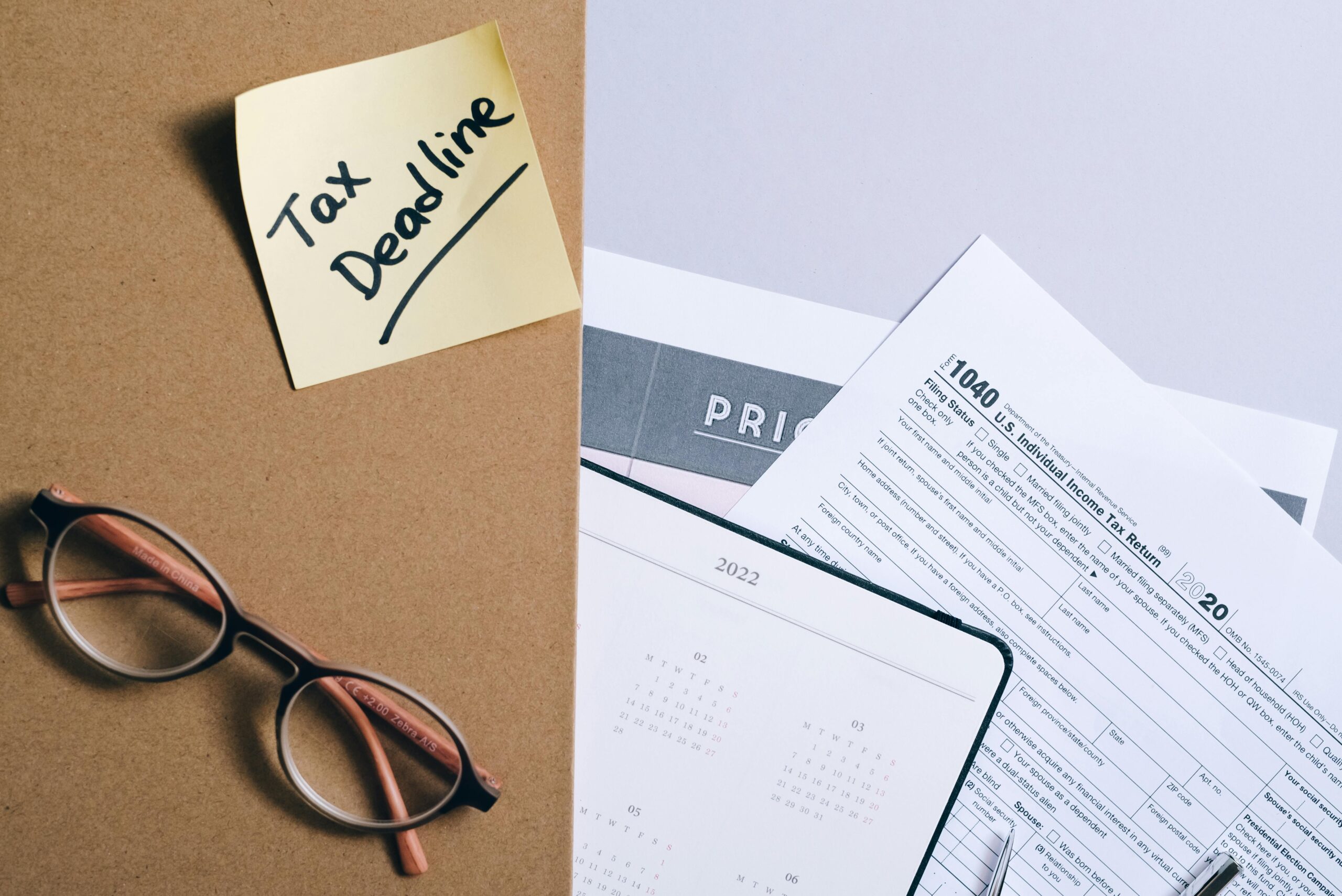Tax season can sometimes feel like a second payday if you’re one of the many Canadians who receive a refund after filing. It’s easy to get caught up in the excitement and use the extra cash for a spontaneous splurge, whether it’s a vacation, new gadgets, or even just a night out. While treating yourself once in a while isn’t bad, there are smarter ways to use your tax refund that can have a long-lasting impact on your financial health.
If you want to make the most out of your tax refund this year, consider these four smart strategies:
1. Pay Off High-Interest Debt
Debt, particularly high-interest debt, can quickly become a financial burden. Whether it’s credit card debt, personal loans, or other types of high-interest debt, carrying a balance month after month not only eats into your disposable income but can also increase stress. The more you owe, the harder it becomes to make progress toward other financial goals like saving or investing.
Using your tax refund to pay off high-interest debt can save you a significant amount in interest payments. For example, credit cards can carry interest rates as high as 20% or more. By putting your tax refund toward reducing or eliminating that debt, you’re essentially giving yourself an immediate return on your investment—by avoiding those interest charges.
Smart Move: Focus on the debt with the highest interest rate first. This is known as the avalanche method, where you tackle the most expensive debt first to save the most money in the long run. Even if your tax refund isn’t enough to pay off your entire balance, making a significant payment can reduce your debt load and shorten your repayment timeline.
2. Boost Your Emergency Fund
Having a well-stocked emergency fund is essential for financial security. Life’s unexpected events—like car repairs, medical bills, or job loss—can come with a hefty price tag. If you’re not prepared, these expenses can lead to debt or force you to dip into your savings.
Experts generally recommend having 3 to 6 months’ worth of living expenses saved in an easily accessible account, such as a high-interest savings account. If your emergency fund isn’t where it needs to be, your tax refund can be the perfect way to catch up. This financial cushion provides peace of mind, knowing that if something goes wrong, you won’t have to scramble to cover the costs.
Pro Tip: Keep your emergency fund separate from your regular checking account to avoid the temptation to spend it on non-emergencies. Look for high-interest savings accounts that offer better rates, allowing your money to grow while staying easily accessible.
3. Invest in Retirement Savings
The earlier you start saving for retirement, the better, thanks to the power of compound interest. But even if you’re starting late, there’s still time to make a difference. Your tax refund provides an excellent opportunity to contribute to your retirement savings accounts, whether it’s a Registered Retirement Savings Plan (RRSP) or a Tax-Free Savings Account (TFSA) in Canada.
Contributing to an RRSP can offer immediate tax benefits by reducing your taxable income for the year, potentially leading to an even bigger refund next year. Additionally, investments in your RRSP grow tax-deferred, meaning you won’t pay taxes on the income generated until you withdraw the funds, ideally when you’re retired and in a lower tax bracket. The TFSA, on the other hand, allows for tax-free growth and withdrawals, giving you flexibility for both short- and long-term goals.
Long-Term Strategy: Assess your retirement savings goals and current contributions. Even a modest boost from your tax refund can make a big difference over time. Use an online retirement calculator to see how your contributions could grow by the time you retire. You might be surprised at how much extra cash can accumulate with the help of compound interest.
4. Plan for Future Tax Payments
If you’re self-employed, freelance, or earn income from side gigs, you may not have taxes automatically withheld from your income throughout the year. This can lead to an unpleasant surprise come tax time when you realize you owe a significant amount to the Canada Revenue Agency (CRA). Using part of your tax refund to plan for future tax payments can help prevent this situation and ease your financial stress next tax season.
Setting aside a portion of your tax refund into a separate savings account specifically for estimated tax payments ensures that you’re prepared when taxes come due. Reviewing your current tax situation and determining whether it’s worth making quarterly estimated payments to avoid penalties is also a good idea.
Plan Ahead: Consider working with a tax professional to better understand your tax obligations and set up a strategy for the coming year. You can also use your refund to pay down any existing tax liabilities if you owe back taxes or interest.
Bonus Tips for Managing Your Tax Refund
Set Financial Goals: Before spending your refund, take the time to map out your financial goals for the year. Whether it’s saving for a down payment on a house, starting a business, or going back to school, your refund can be a valuable tool in reaching those milestones.
Avoid Impulse Spending: It’s easy to see your refund as “extra money,” but it’s money you’ve earned throughout the year. Treat it like any other paycheck and use it wisely.
Treat Yourself (Responsibly): It’s okay to indulge a little. Set aside a small portion of your refund for something fun, whether that’s a night out or a new gadget, but make sure it’s a planned expense, not an impulse purchase.
Conclusion
Your tax refund can be a powerful tool for improving your financial health if used wisely. By paying off high-interest debt, building up your emergency fund, investing in your retirement, and planning for future tax payments, you can turn that refund into a solid investment in your future. Instead of short-term satisfaction, these strategies offer long-term rewards that will help you build a more secure and prosperous financial future tax refund, pay off debt, emergency fund, retirement savings, RRSP, TFSA, tax payments, financial planning, managing tax refund






